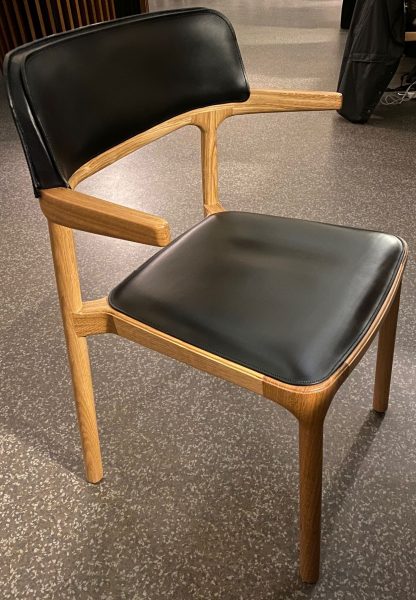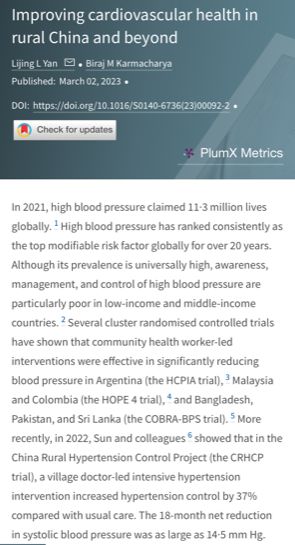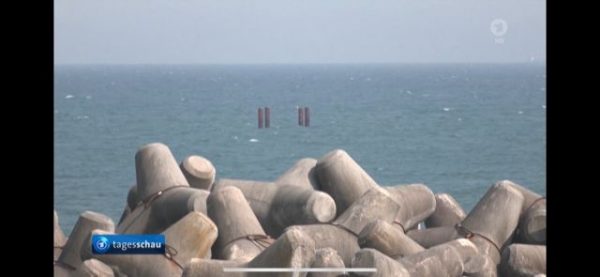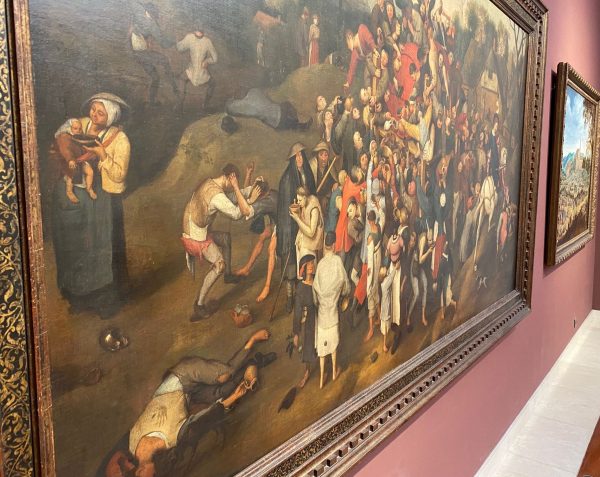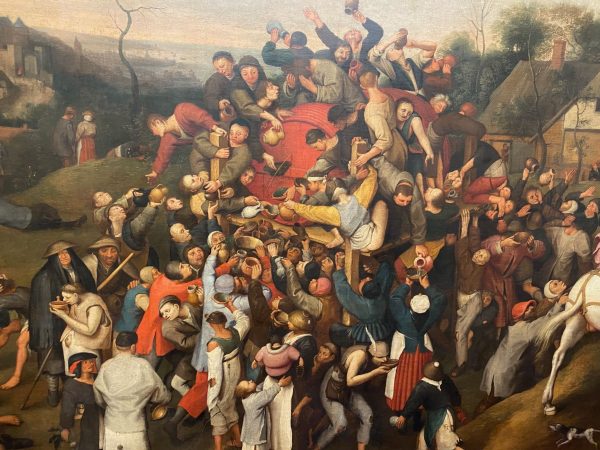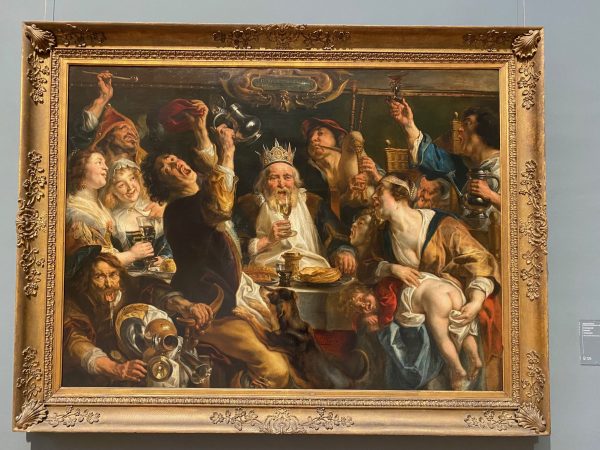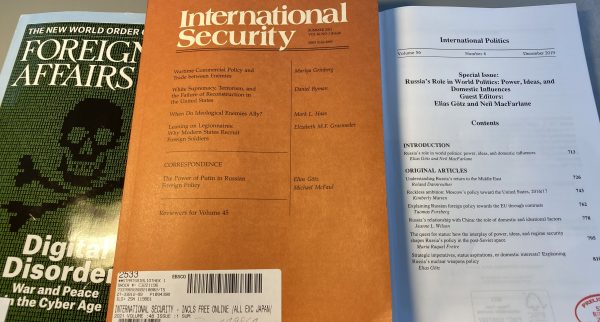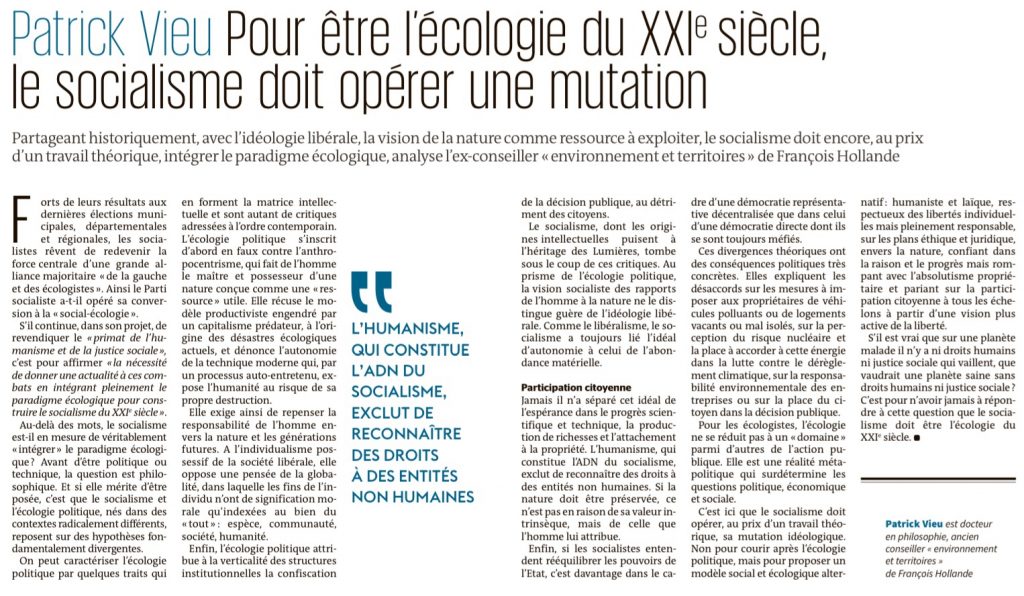oh, oh, Omicron. Die noch neue Variante hat eine Verdopplungsrate von ca. 3 Tagen laut der ersten wissenschaftlichen Beobachtungen. Das heisst, ein exponentielles Wachstum ist bereits präsent und die Verdrängung von anderen Varianten des Viruses wird sehr rasch fortschreiten. Die Verdopplungsrate können wir nur mit Kontaktbeschränkungen von jeder einzelnen Person beeinflussen. Gehen wir davon aus, dass uns das in freiheitlichen Gesellschaften nicht rechtzeitig gelingen wird, können wir mit simplen Fortschreibungen der Trends abschätzen, wann wir alle infiziert sein werden. omicron1
Das geht bei exponentiellem Wachstum rasend schnell. Wichtig dabei ist der Zeitpunkt der ersten Entdeckung und die vermeintliche Dunkelziffer der nicht-entdeckten Fälle, besonders hoch zu Beginn der Verbreitung. In der Grafik ist die simple Zeitreihe bei 2 unterschiedlichen Ausgangswerten 300 und 3000 Fällen dargestellt. In der Anfangsphase scheint das Problem von kleinem Ausmaß zu sein, wächst aber unaufhörlich weiter an und nach 31 Tagen haben wir entweder 30.000 oder bereits 3 Millionen Fälle mit Omikron je nach Anfangsannahme in 2 Szenarien. So wird die Variante schnell dominant. Das kann verheerend sein, wenn das Virus lethaler ist, oder mehr schwere Fälle produziert (Szenario 3). Danach sieht es derzeit nicht aus. Durch die rasche Verbreitung bei leichteren Fällen (Szenario 4), würde das Virus sein eigenes dauerhafteres Überleben sicherstellen, aber weniger töten.
Das Grippevirus hat wohl seit der “spanischen Grippe” diesen Weg eingeschlagen und ist aus Europa nicht mehr wegzudenken. Mit der weniger tödlichen, aber ansteckenderen Variante werden wir leben lernen müssen. Die Existenz der Grippe haben wir ja schon fast aus unserem Risikobewusstsein verdrängt. Wer hat sich schon noch gegen Grippe impfen lassen? Impfen im Schneckentempo, wie in Deutschland ist eine Hochrisikostrategie für vulnerable Gruppen.
Das Virus spielt nicht, aber es entwickelt Verbreitungsstrategien als evolutionäres Programm. Wir können dem begegnen. Das war uns bereits im März 2020 klar. Kaizen beherrscht der Mensch auch als Strategie. Der Mensch beginnt, sich selbst überflüssig zu machen. Ist das Fortschritt oder bereits Rückschritt? Künstliche Intelligenz schafft künstliche Freunde. Beherrschen wir die Viren noch, oder hat die Maschine in der Pandemie bereits gelernt, wie sie den Menschen von dem Planeten verdrängen kann? Sicherlich, ab morgen mache ich wieder “fröhliche Wissenschaft” im Dienste der Menschheit. Schachspielende (wikipedia zur Weltmeisterschaft) sind es gewohnt Strategien der Opponenten zu kalkulieren. So sollten wir dem Virus Covid-19 auch begegnen. Es ist nie zu spät, mit Schachspielen zu beginnen. Naja, den besten Computer schlagen vielleicht noch die besten Schachspielenden. Da bleibt uns nur noch, die Regeln des Spiels zu ändern. Stop, machen wir das nicht gerade mit eventueller Impfpflicht, Kontaktbeschränkungen und verbesserten Hygieneregeln? Wir sind lernfähig, auch wenn es unendlich schwerfällt.
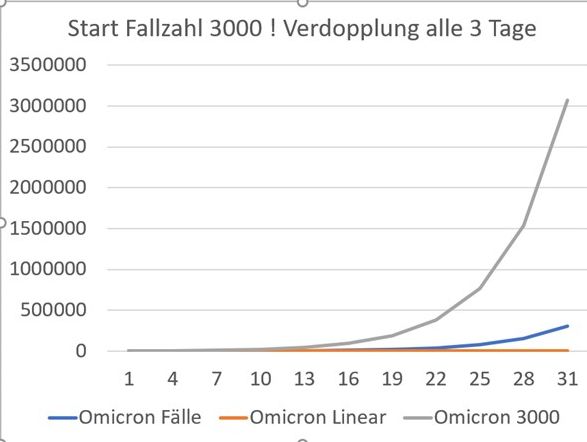
Annahme: Omicron Verdopplung alle 3 Tage (exponentiell) mit Start wert blau 300 und grau 3000, rot linear + 300 alle 3 Tage.





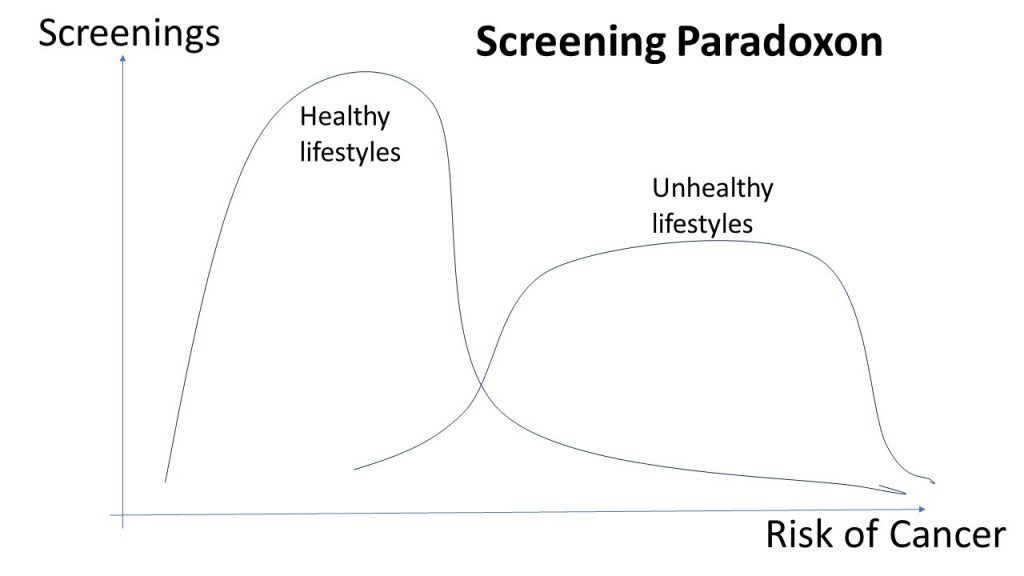


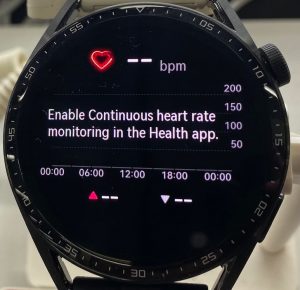
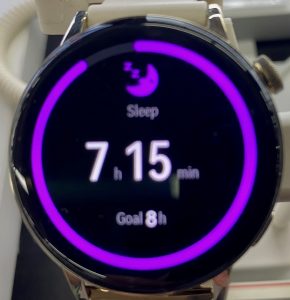




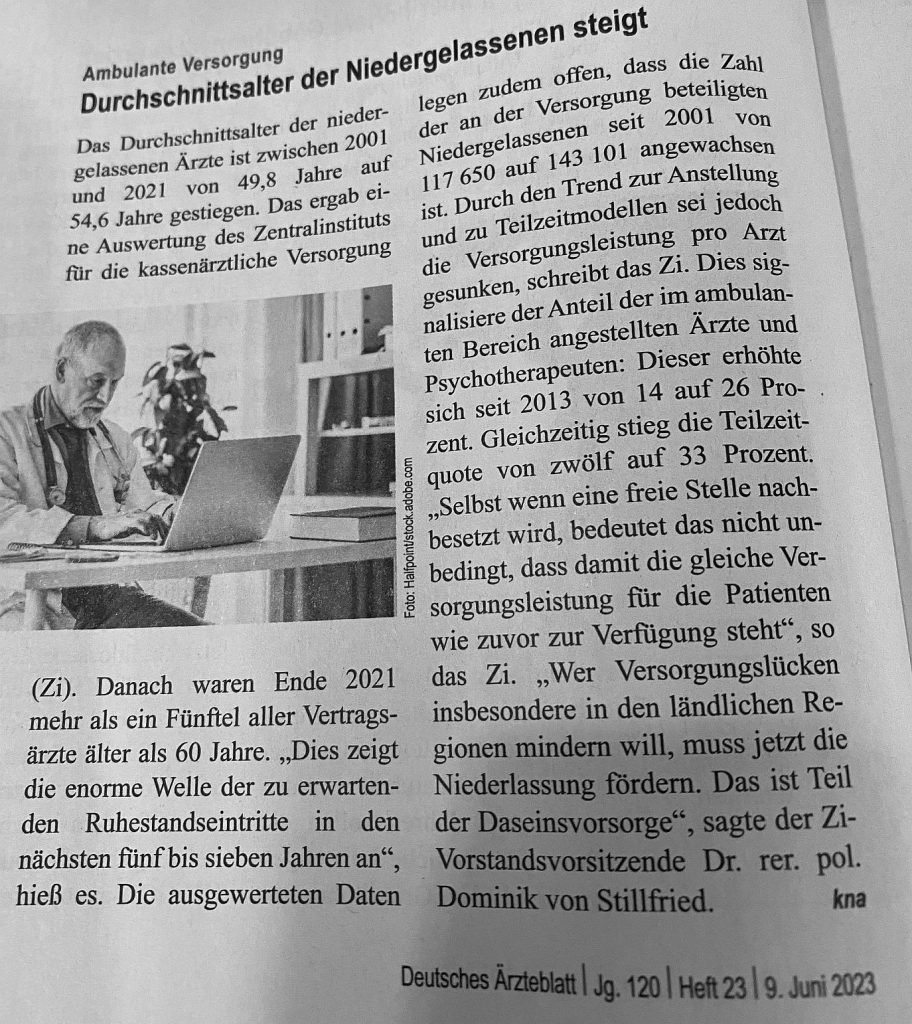
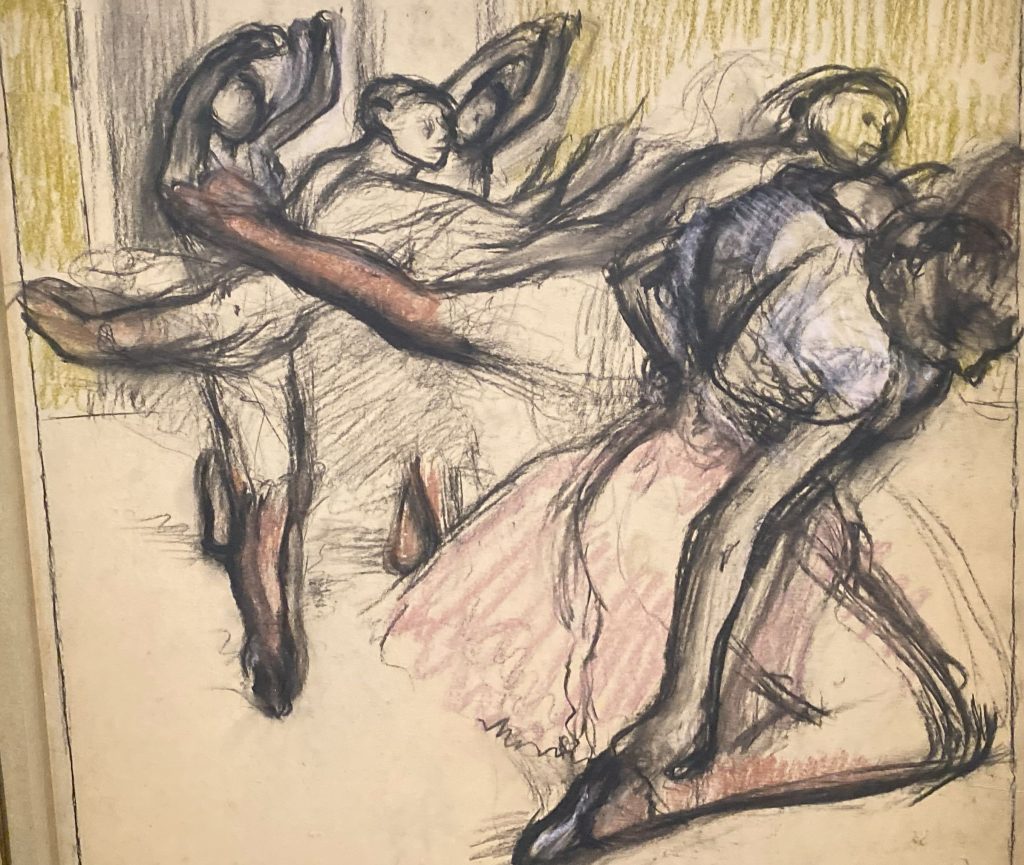
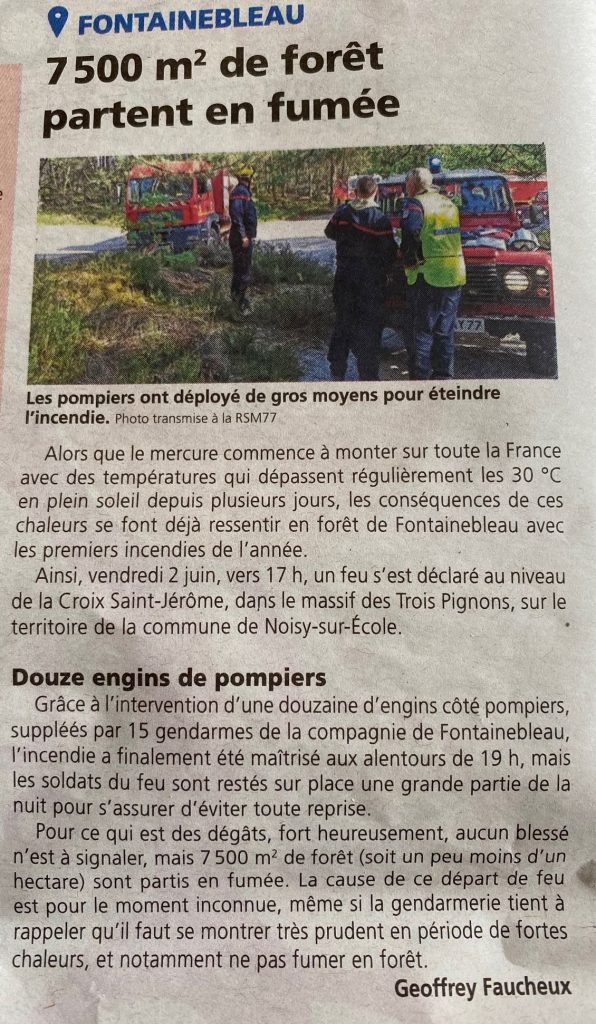
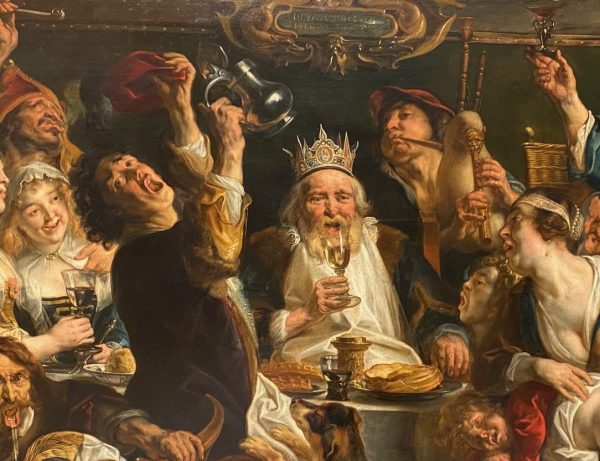
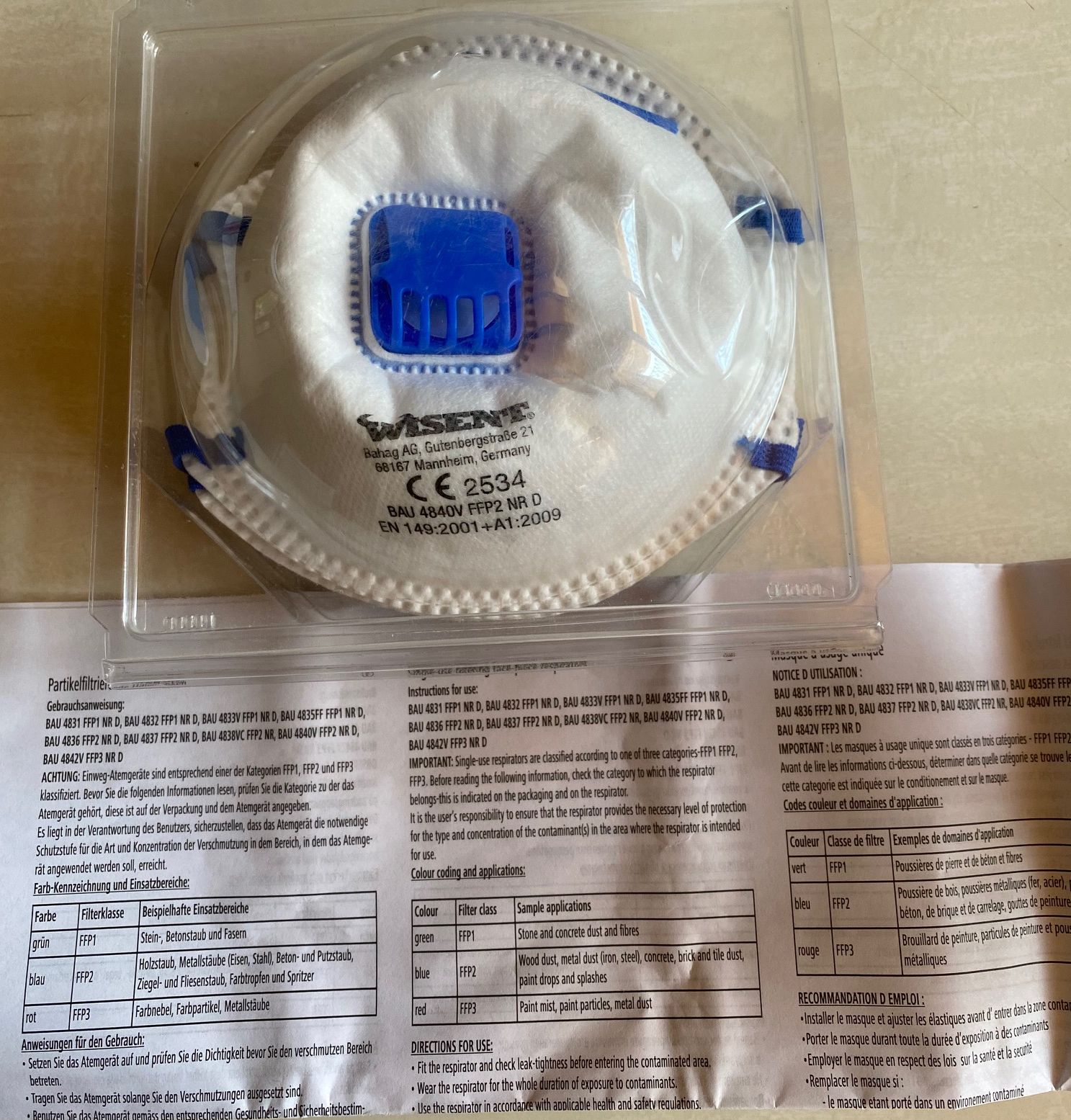
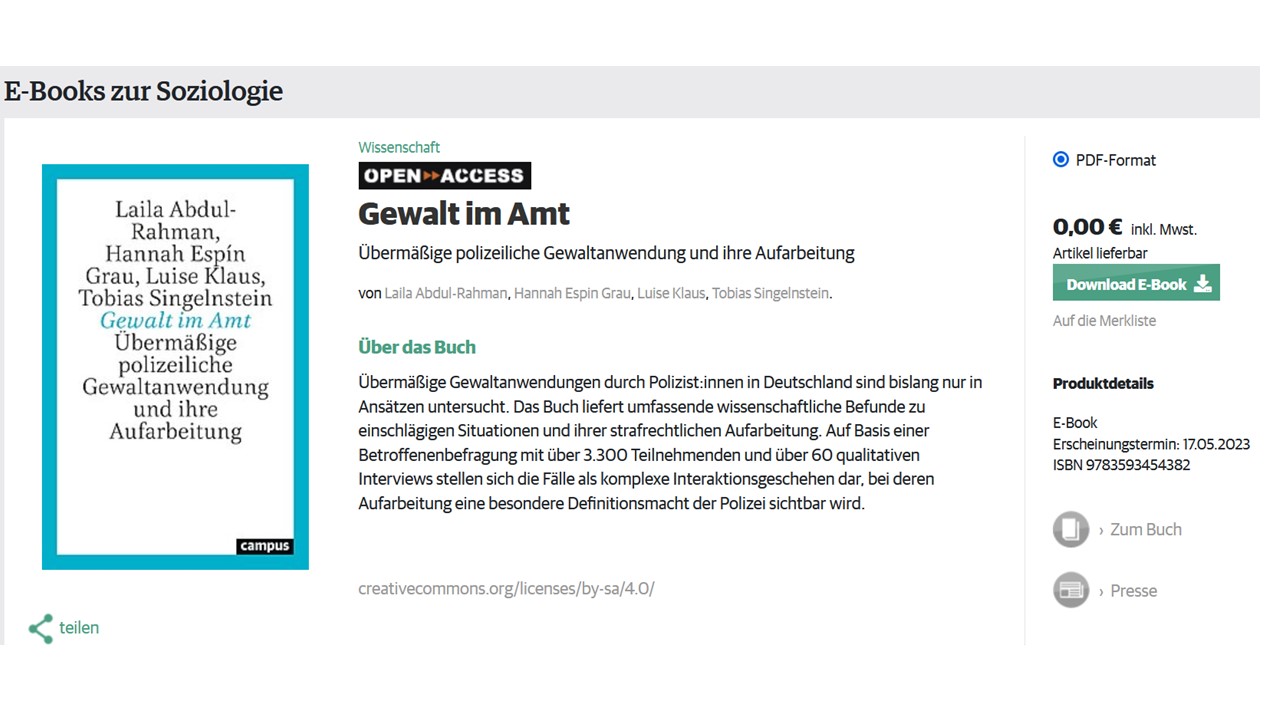
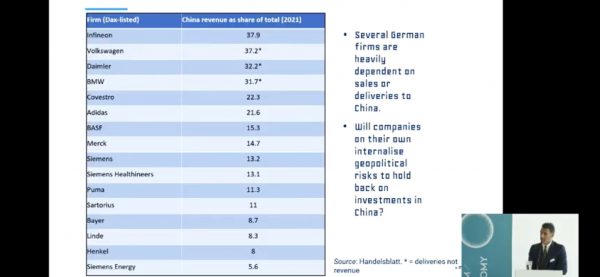
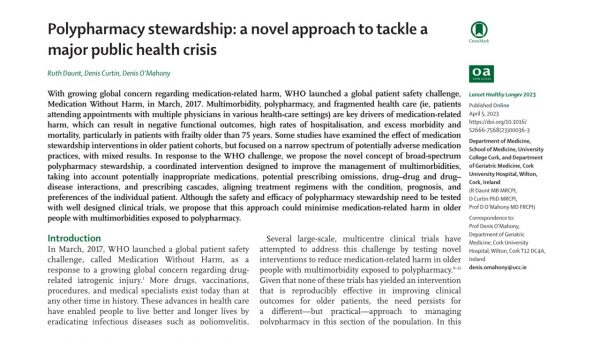
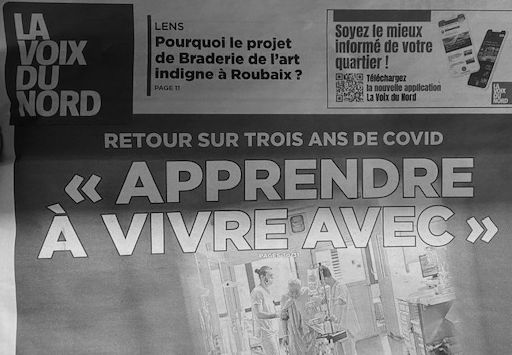
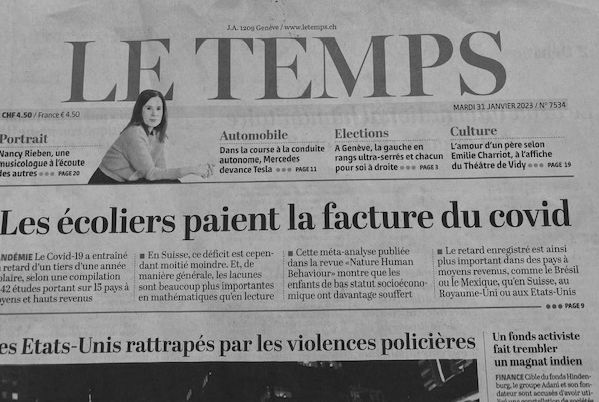
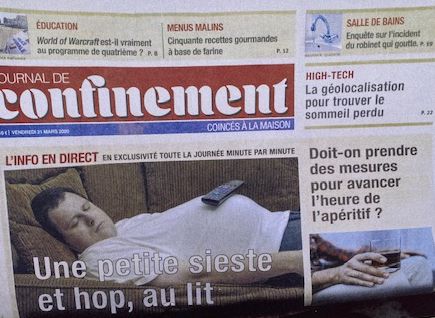 2 real newspapers, 3rd one “
2 real newspapers, 3rd one “


